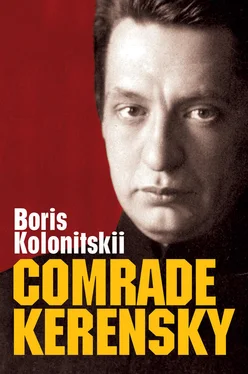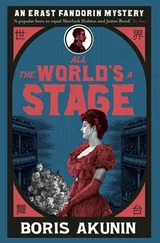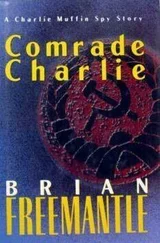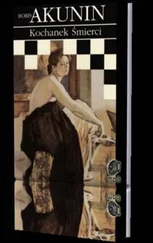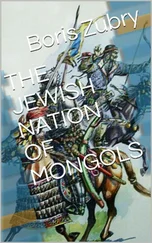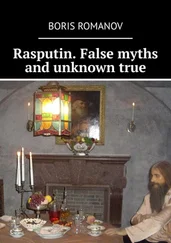The present book is about the political culture of the revolution and makes no claim to be a new biography of Kerensky. We cannot, of course, differentiate crisply between the biography of a politician and the cultural forms in which he was praised or damned. Our approach will enable us to see Kerensky in a new light, and his future biographers will have our observations and conclusions to draw on. It is not, then, my main purpose to augment the facts of Kerensky’s biography. I attempt, through exploring the different images of the Leader, how they were created and the use that was made of them, to examine the organizations and the people who produced them. Through them I seek insight into the political, cultural and social processes of the revolutionary era.
Kerensky has been unlucky with his historians. Few have portrayed the ‘revolutionary minister’ sympathetically, or even without bias, and that is hardly a surprise. Historians quite commonly side with particular protagonists of the revolution and set themselves against others. The historiography of 1917, for the most part, also continues to settle for parti pris . Often researchers and, to an even greater extent, readers genuinely believe historiography cannot and should not be otherwise. To this day there are different versions of the history of the revolution, liberal and conservative, socialist and communist, nationalist and imperial, ‘red’ and ‘white’. To this day there is a demand for historical narratives derived from the memoirs of participants in the events. It is not absurd to talk of an ‘anti-party line’, with anti-communist historians faithfully reproducing the bias of the Soviet historical narrative, only with the plus signs turned into minus signs and vice versa.
Few people identify with Kerensky now. As we shall see, although officially a Socialist Revolutionary, he did not bind himself to any one party and tried to be someone who brought together, acted as a bridge between, the moderate socialists and the liberals. His manoeuvring initially brought success, but by October the disagreements between the coalition partners had intensified. Kerensky’s support base narrowed and weakened, and the room for manoeuvre became increasingly constricted. None of the leading political forces was giving him wholehearted support. Indeed, virtually all of them, to differing degrees and in different ways, were criticizing him. This coloured the attitude of several generations of partisan historians, the heirs of Kerensky’s political opponents. In their view he was not ‘with us’, and those caught up in today’s political tussles do not identify with him either.
Kerensky fared little better with his autobiographies, which, of course, influenced later biographies. In 1918, already the former head of the Provisional Government, Kerensky published a pamphlet titled The Kornilov Affair . Later he published several versions of his autobiography, rewriting his understanding of the history of the revolution. 14One constant in these writings of different eras is Kerensky’s desire to glorify the February Revolution and immortalize his role in it. Over time he changed his lines of argument and adjusted the narrative. Compared to the leader he actually was in 1917, Kerensky wanted to present himself as having been more modern, more Western, more judicious, far-sighted and confident. And, it has to be said, as a result – less interesting. These official self-portraits, idealizing and romanticizing their painter, overlay like palimpsests the more vivid image of a unique, tough-minded politician whose rise to become the leader of a revolutionary government was by no means a matter of chance, whatever the opinion of many of his contemporaries and of a certain number of historians.
The distortion of history in Kerensky’s autobiographies, which it is tempting to call ‘autohagiographies’, came back to haunt their author. Researchers negatively inclined towards him used his memoirs as a punchbag but, in their polemics with him, tended to follow the outline of his narrative. They caricatured his self-portraits but perpetuated their approach. Kerensky’s memoir campaigning certainly had an impact on the historiography of the revolution, but hardly as he might have intended.
Many historians of the revolution touched on aspects of Kerensky’s career. Censorship during the Soviet period was an obstacle to publication of unbiased research, but Vitaliy Startsev managed to publish a worthwhile book on the autumn crisis of 1917. 15In an innovative project, Gennadiy Sobolev studied the revolutionary consciousness of workers and soldiers. 16In this connection he also examined aspects of Kerensky’s popularity, as well as some features of the socio-psychological climate in which the leader cult appeared and flourished.
The most thorough account of Kerensky’s life was written by Richard Abraham, a British historian. 17He was unable to work in Russian archives at that time, but he carefully studied the press of the era, worked in the archives of several countries, and interviewed people who had known Kerensky.
Perestroika made it possible to study Kerensky’s biography in depth in Russia. New sources became available and censorship taboos were lifted. By the end of the Soviet period, readers were taking an interest in work by Genrikh Ioffe. Glasnost made possible a different kind of research, and Ioffe devoted one of his publications to three leaders: Kerensky, Kornilov and Lenin. 18This book invites us to give thought to the topic of personification of politics. Historians have a tendency to describe a period’s conflicts by studying opposed leaders. Sometimes this is a literary device. Some readers perceive history as an interweaving of biographies, and this is what they demand. Historians often follow the example of contemporaries who contrasted Lenin, Kornilov and Kerensky not only as individuals but also as alternative approaches to social and political progress. This raises the issue of whether we need to study the techniques of personalization in use at the time.
Several biographies of Kerensky have appeared in the last few decades, some focusing on particular aspects of his life. 19Stanislav Tyutyukin, for example, carefully examines Kerensky in action in the State Duma. Interesting sources have been brought into circulation and important observations have been made, but Kerensky’s actions in 1917 merit further consideration.
For the current study, an article by Andrey Golikov on the public representation of the ‘Kerensky phenomenon’ and how it was received has been particularly helpful. 20Golikov does view the period from March to October as a single unit, paying no attention to modification of images as the political situation changed. In writing about the life he draws on Kerensky’s file in the State Archive of the Russian Federation and, when examining the Kerensky phenomenon, turns mainly to the periodical press in 1917.
On the basis of Kerensky’s biography, having at our disposal the extensive research on the history of the revolution, we can embark on a study of the leader cult. This approach will enable us to examine aspects of the struggle for power which are not readily to be understood using more traditional methods of studying politics.
In examining images of the Leader, I have adopted approaches used by historians of public consciousness. Gennadiy Sobolev expanded historians’ ideas particularly about the political aspect of the revolution. He drew attention to the political dimension of the way mass culture functions and to the political significance of changes in the Church. His close analysis of resolutions showed a significant dichotomy between the ideas of activists at various levels and the principles of parties’ policy-makers. Historians had previously studied the environment in which the parties functioned and had focused primarily on socio-economic aspects. Sobolev raised the question of whether there was a need also to study issues of language and culture. 21
Читать дальше
